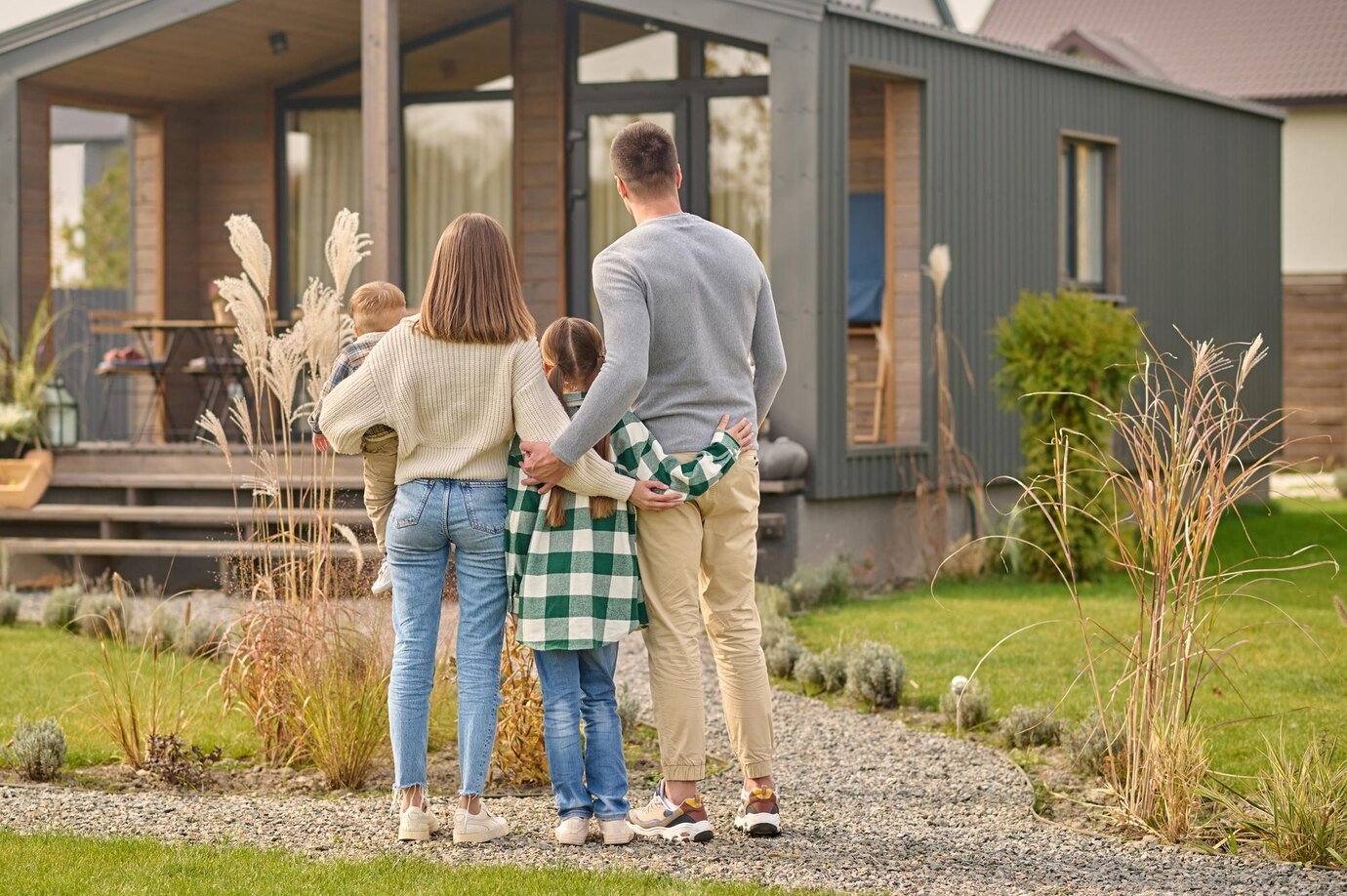Introduction
The tiny house movement has gained immense popularity in recent years, driven by a desire for simplicity, sustainability, and financial freedom. Living in a compact space doesn’t mean compromising on style or comfort. In fact, decorating a tiny house offers a unique opportunity to create a personalized, cozy, and efficient living environment. In this blog post, we’ll explore various aspects of tiny house decor, design strategies, and the importance of color harmony to make your small space feel spacious and inviting.
1. Maximizing Space with Smart Design
a. Multi-functional Furniture
In a tiny house, every square inch counts. Investing in multi-functional furniture can significantly enhance the usability of your space. Consider pieces like:
- Sofa beds or Murphy beds: These can transform your living area into a bedroom at night.
- Fold-out tables and desks: Perfect for dining or working, they can be stowed away when not in use.
- Ottomans with storage: Provide seating while also serving as a place to store items.
b. Built-in Storage Solutions
Effective storage solutions are crucial in a tiny house. Built-in storage can help you maintain a clutter-free environment:
- Under-stair storage: Utilize the space under stairs for drawers or shelves.
- Loft spaces: Use lofts for sleeping areas or extra storage.
- Wall-mounted shelves and cabinets: Free up floor space and keep your essentials organized.
c. Open Floor Plans
An open floor plan creates a sense of spaciousness in a tiny house. Minimize interior walls and use furniture to define different areas instead. This approach not only maximizes the visual space but also allows for better light distribution throughout the home.
2. Thoughtful Decor Choices
a. Minimalist Approach
Adopting a minimalist approach helps keep your tiny house from feeling cramped. Choose quality over quantity:
- Fewer, but impactful pieces: A single statement piece can be more effective than several smaller items.
- Clean lines and simple designs: Opt for furniture and decor with clean, uncomplicated lines to maintain an airy feel.
b. Light and Bright
Maximizing natural light is essential in a small space. Use these strategies to brighten up your tiny house:
- Large windows and skylights: Let in as much natural light as possible.
- Light-colored walls and ceilings: Reflect light and make the space feel larger.
- Mirrors: Strategically placed mirrors can create an illusion of more space and reflect light throughout the room.
c. Greenery and Nature
Bringing the outdoors in can enhance the ambiance of your tiny house. Use plants to add color and life to your space:
- Small indoor plants: Succulents and small potted plants can fit easily into any corner.
- Vertical gardens: Utilize wall space for hanging planters or shelves of greenery.
- Natural materials: Incorporate wood, stone, and other natural materials into your decor for a calming effect.
3. Creating Color Harmony
a. Choosing a Color Palette
Selecting the right color palette is crucial in making a tiny house feel cohesive and expansive. Here are some tips:
- Neutral base colors: Whites, beiges, and light grays can make the space feel open and airy.
- Accent colors: Use a few bold colors sparingly to add personality without overwhelming the space. Consider blues, greens, or pastels.
- Consistency: Maintain a consistent color scheme throughout to create a sense of flow and unity.
b. Utilizing Color Psychology
Understanding the psychological effects of colors can help you create the desired atmosphere in your tiny house:
- Warm colors: Shades like yellow, orange, and red can create a cozy, inviting feel but should be used sparingly to avoid feeling enclosed.
- Cool colors: Blues, greens, and purples can make a space feel calm and serene, perfect for a relaxing environment.
- Monochromatic schemes: Different shades of a single color can add depth and interest without overwhelming the space.
c. Patterns and Textures
Incorporating patterns and textures can add visual interest to a tiny house without cluttering it:
- Textured fabrics: Use cushions, throws, and rugs to introduce different textures.
- Subtle patterns: Opt for small-scale patterns that don’t dominate the space. Stripes, geometric designs, and small florals can work well.
- Layering: Layering different textures and patterns can create a rich, cozy feel while maintaining a clean look.
4. Personal Touches
Finally, don’t forget to add personal touches to make your tiny house truly feel like home:
- Artwork and photos: Display favorite pieces in a gallery wall or use digital frames that can change the display.
- Unique finds: Incorporate antiques, travel souvenirs, or handmade items that reflect your personality and experiences.
- Functional decor: Choose decor items that serve a dual purpose, such as attractive storage baskets or decorative hooks.
Conclusion
Decorating and designing a tiny house requires careful planning and a thoughtful approach. By focusing on multi-functional furniture, smart storage solutions, and a cohesive color palette, you can create a space that feels both spacious and personal. Remember, the key to successful tiny house living is simplicity and intentionality, ensuring every item has a purpose and contributes to the overall aesthetic. Embrace the challenge and enjoy the process of making your tiny house a beautiful, efficient, and harmonious home.



